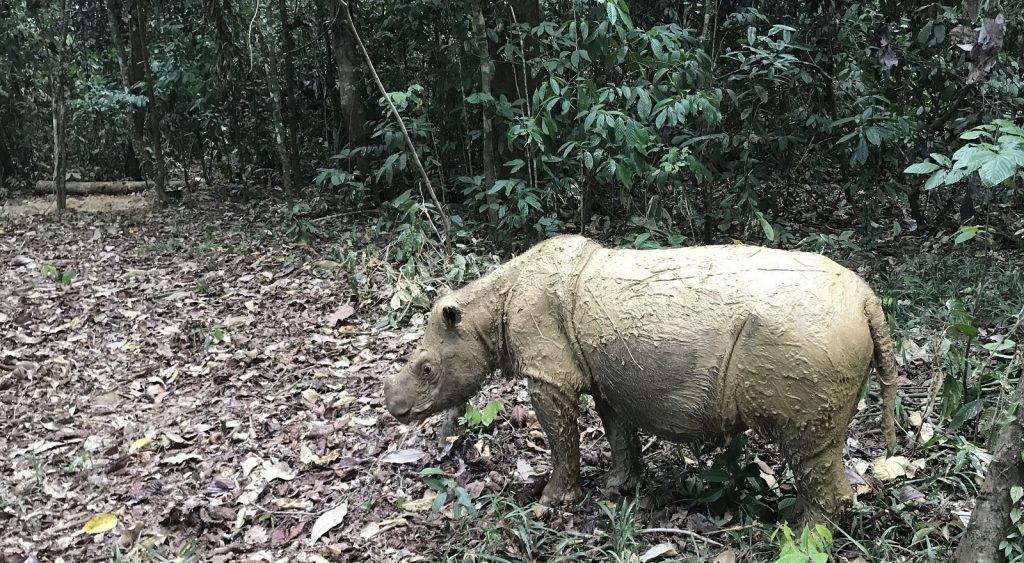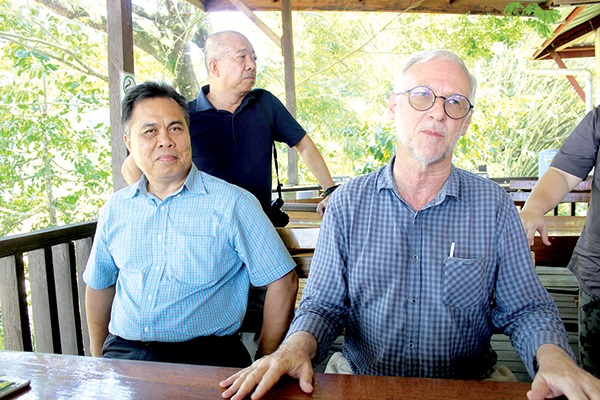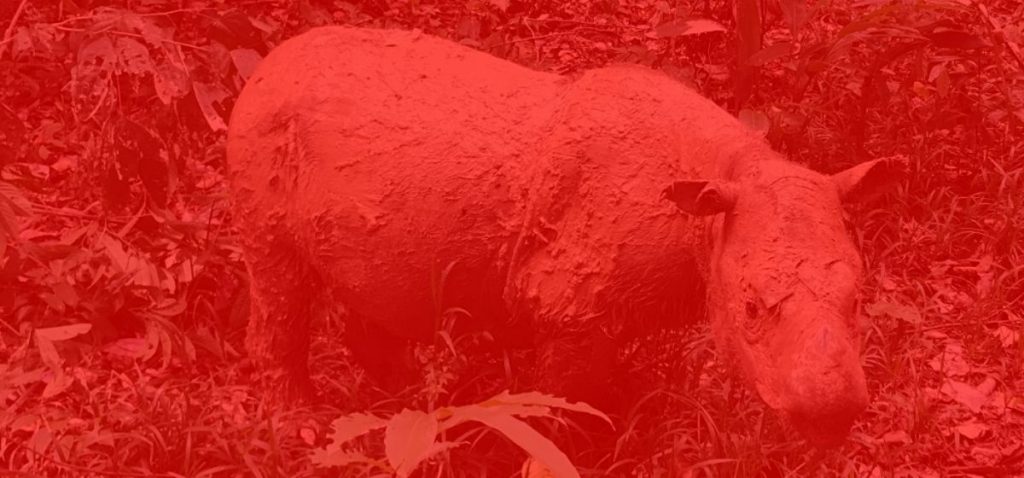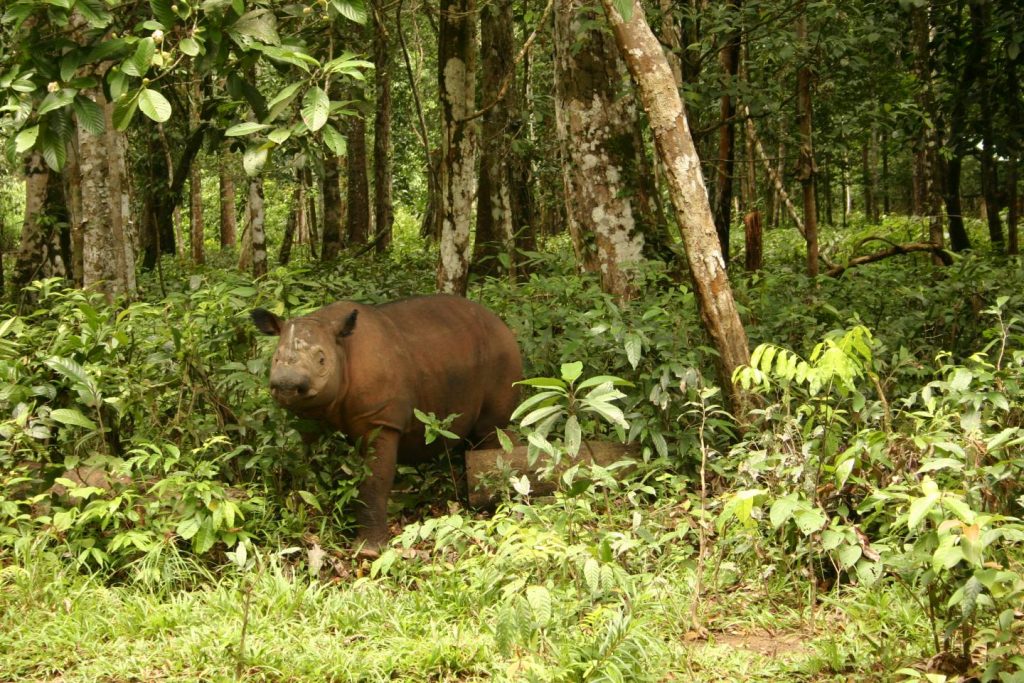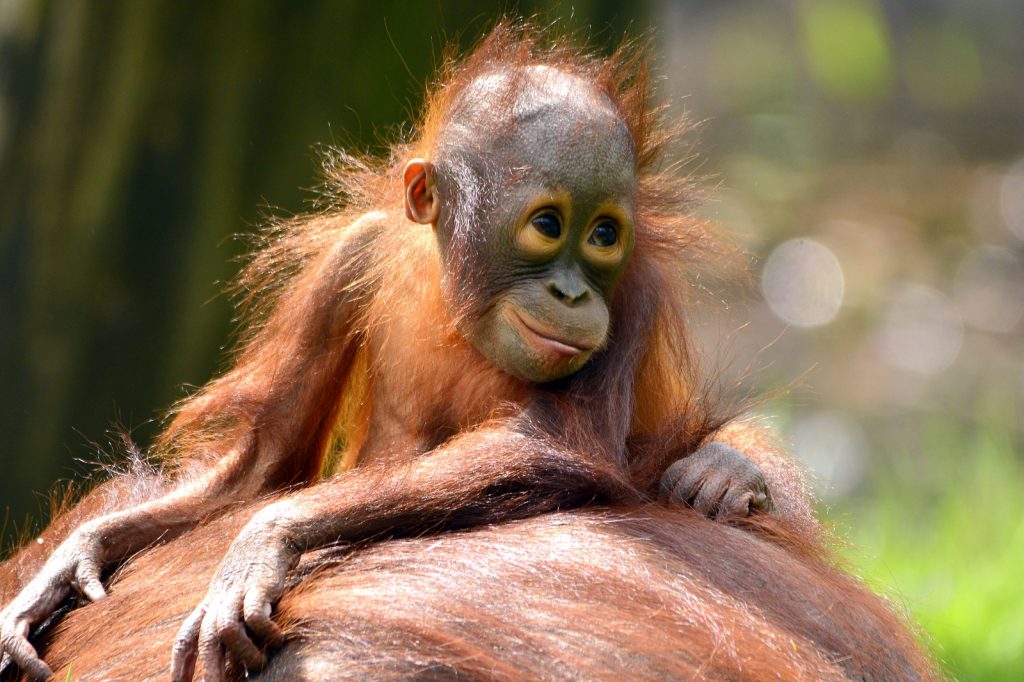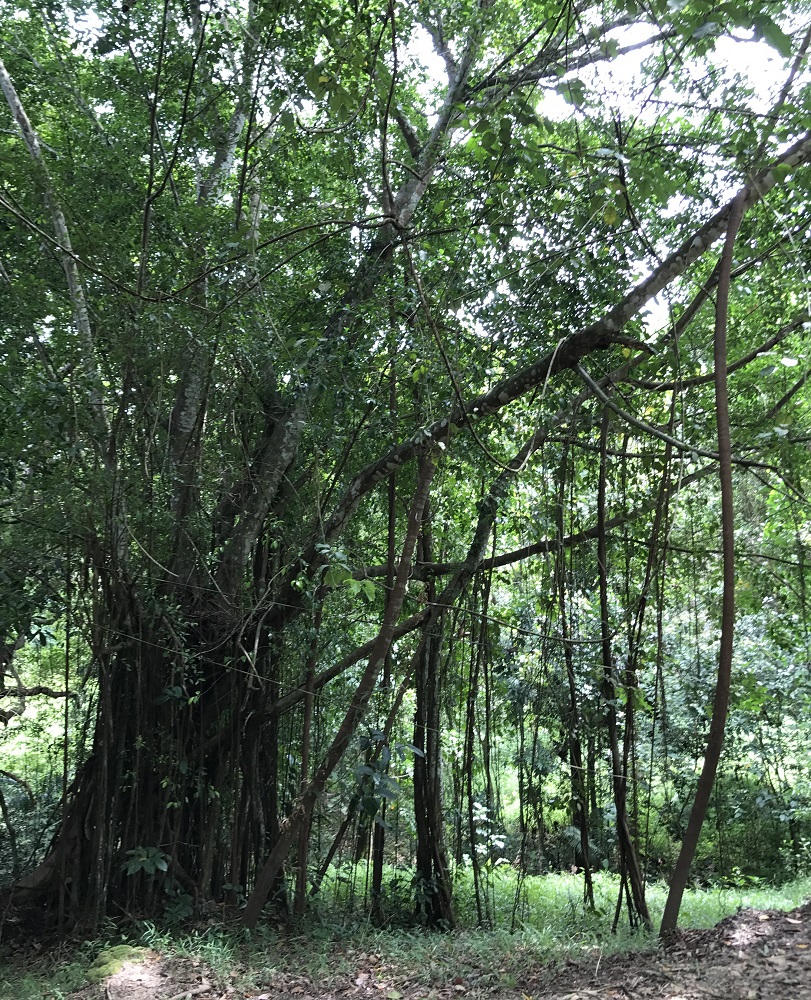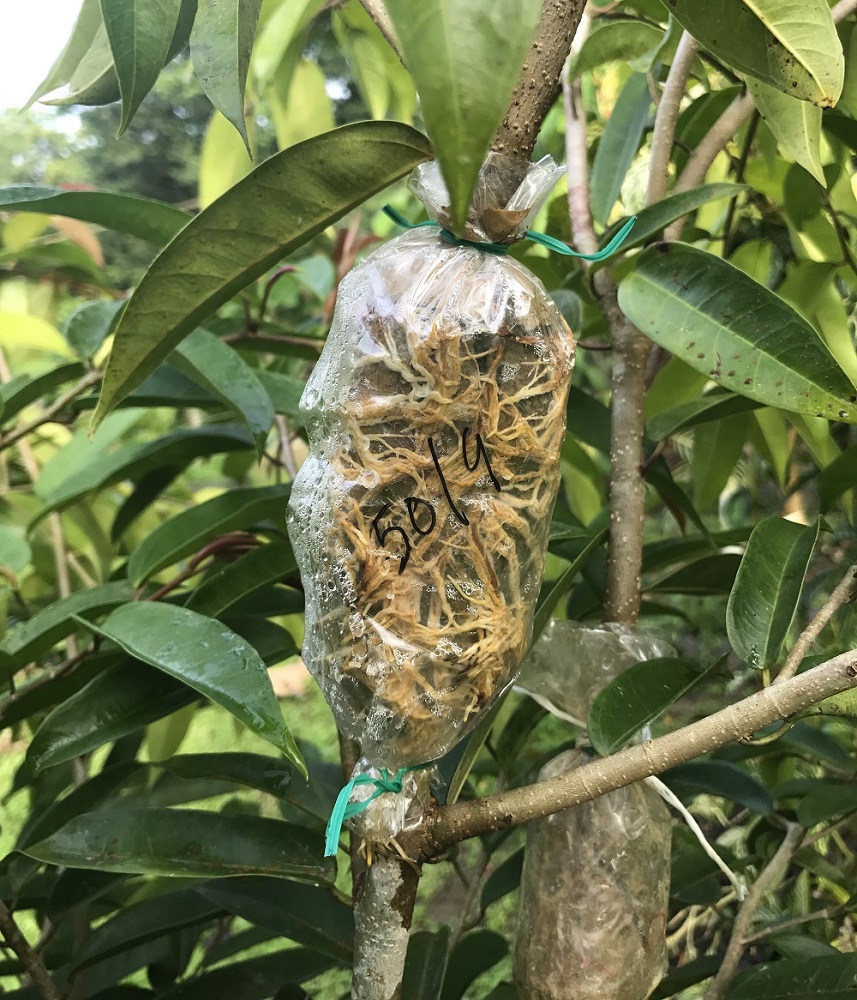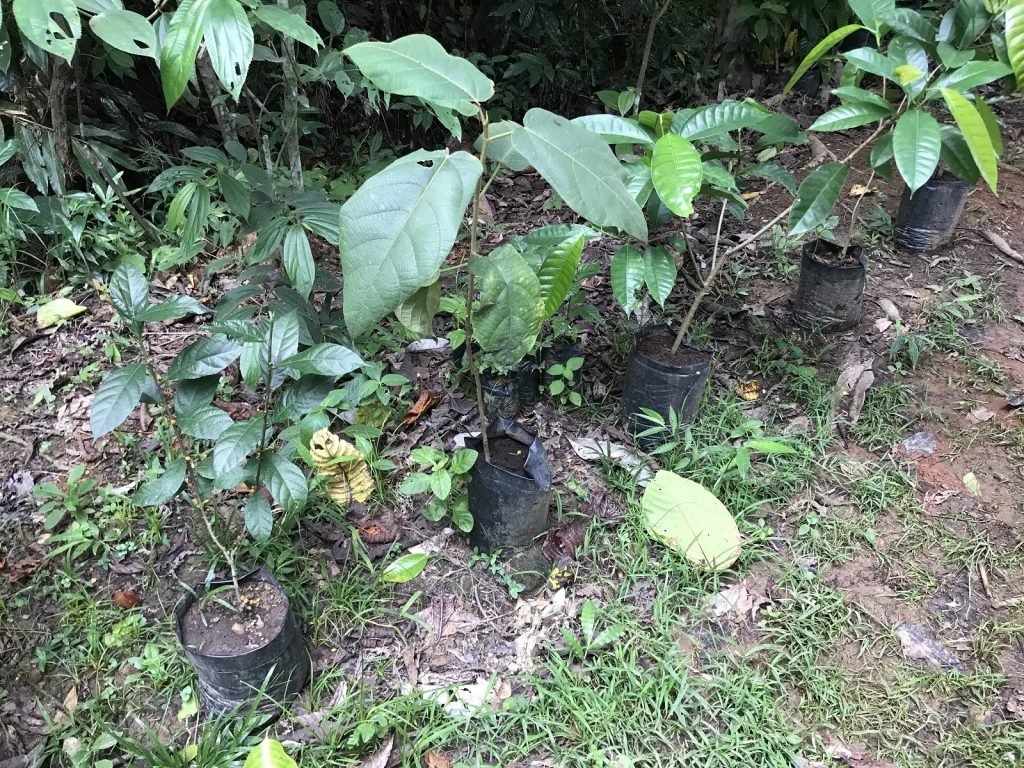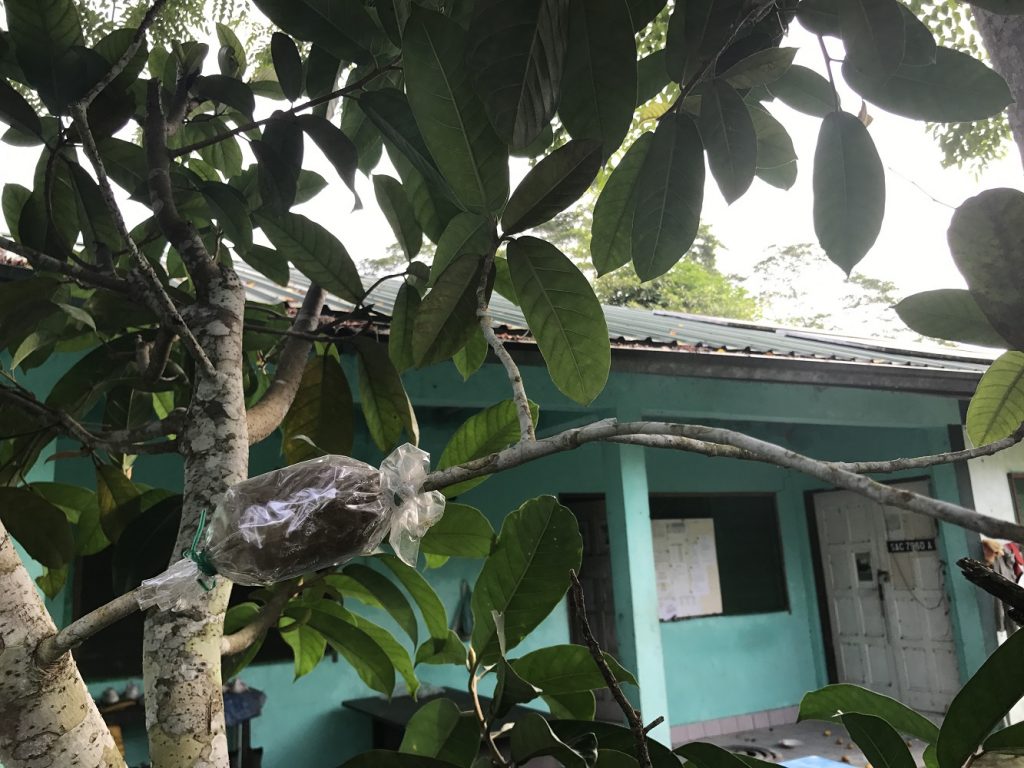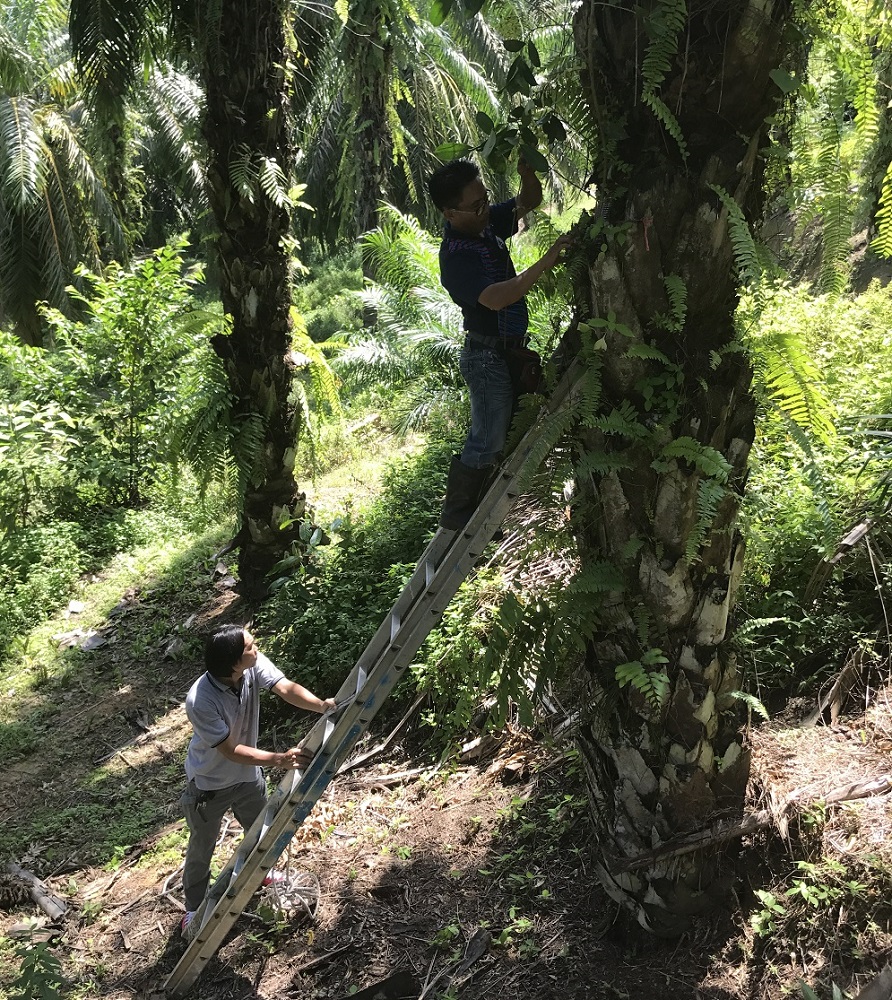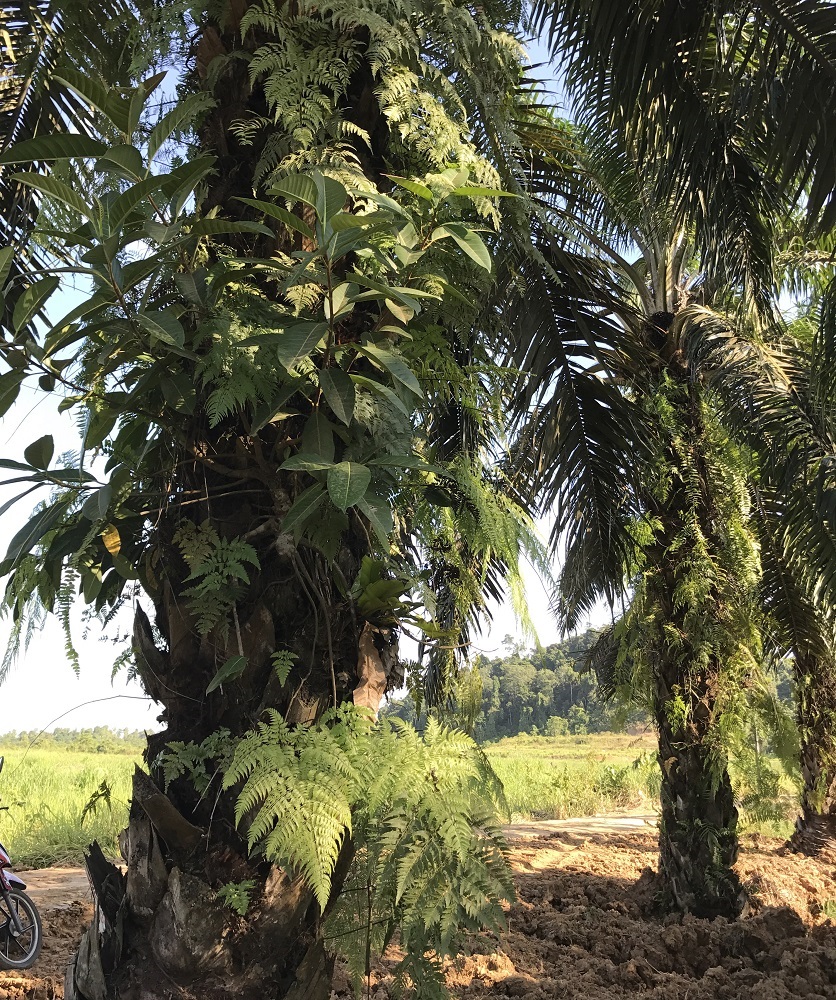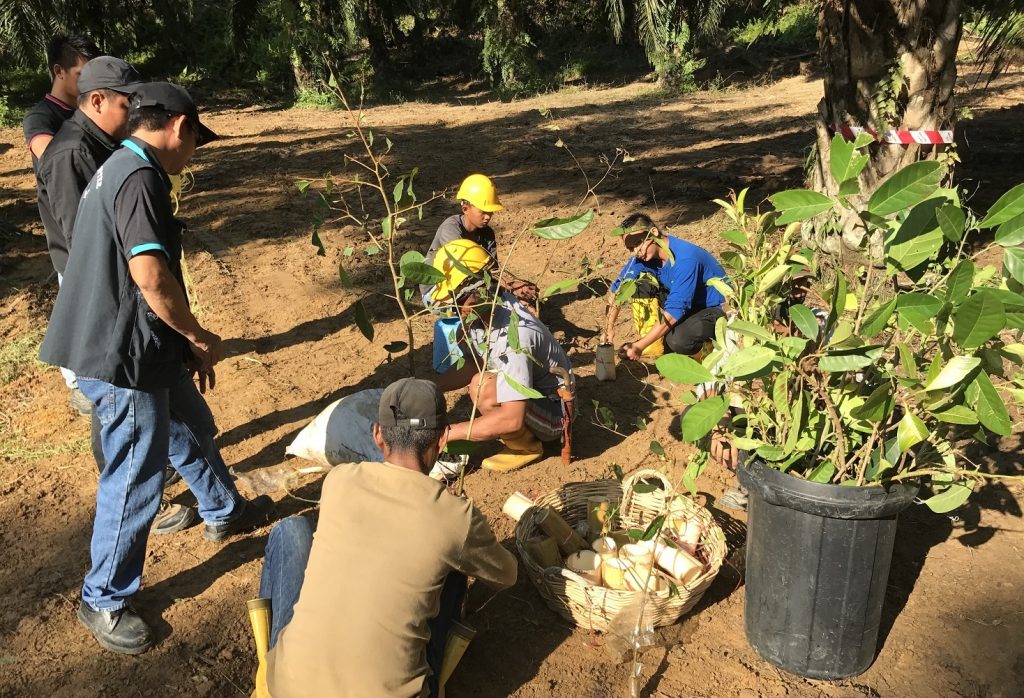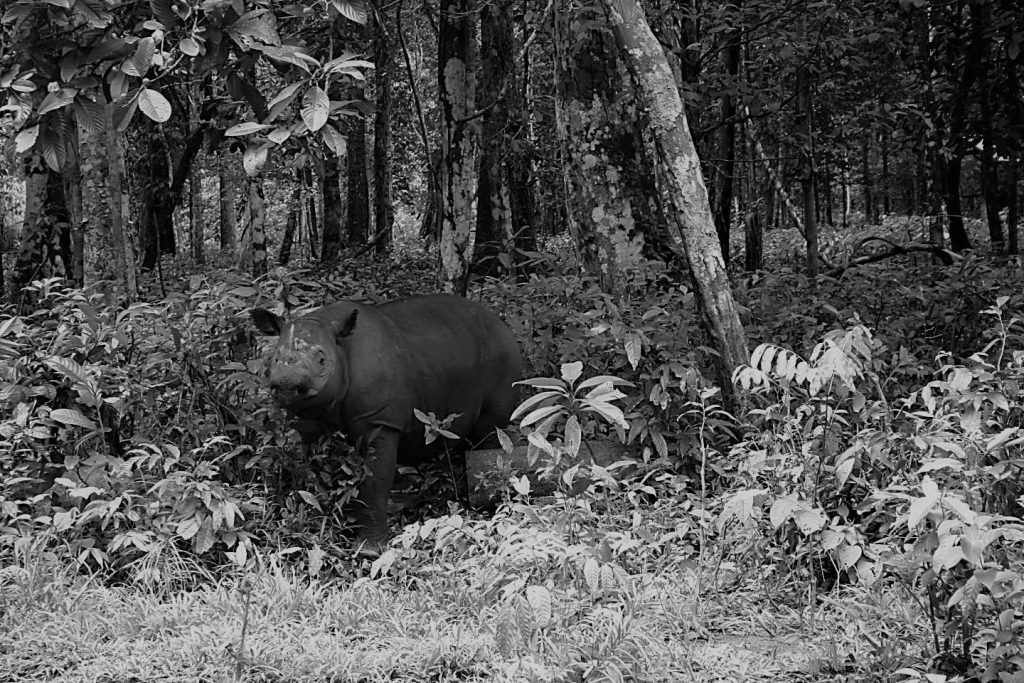
For Borneo Rhino Alliance (BORA), the deaths of the last native rhinos in Malaysia has prompted us to consider our next steps. This process has forced us to contemplate all that we have worked towards over these past years and the remarkable support we have received in our mission to save the Sumatran Rhino in Malaysia.
Sime Darby Foundation had supported BORA’s work on the Hairy (Sumatran) rhino from 2009 to 2016 when, time and again, hopes were dashed and it became clear that the Foundation was supporting a unique but increasingly high-risk project. The Chairman, Tun Musa Hitam, and CEO, Hjh. Dr. Yatela Zainal Abidin, stuck their necks out repeatedly in the hope that the work being done would turn around the steady decline in options to save the species in Malaysia. Although they, and many others, may think that this support was wasted, they would be wrong.
Looking at just a seven-year window in a decades-long story misses the big picture. It is absolutely necessary to judge the work that the Foundation supported in a global and long-term context. Almost incredibly, when the Foundation decided that further funding could not be justified, the Government of Malaysia took over. Under a project entitled “Application of Advanced Reproductive Technology to Endangered Species in Sabah”, the Ministry of Natural Resources and Environment Malaysia (now Ministry of Energy and Natural Resources) has funded through Sabah Wildlife Department the development of many aspects of assisted reproductive technology, and a laboratory, Reproductive Innovation Centre for Wildlife and Livestock, located in the Faculty of Sustainable Agriculture, Universiti Malaysia Sabah, in Sandakan.
This Centre is now unique in Malaysia in terms of skilled staffing, equipment and storage of the cryopreserved gametes of more than 10 endangered wildlife species. It has emerged as a Malaysian national centre which, due to the historical background, happens to be located in Sandakan, Sabah.
A Malaysian team able to safely capture, translocate and care for Hairy rhinos, and put them under and recover well from general anaethesia Knowledge on how to sustain Hairy rhinos that are chronically sick with cysts, tumours and associated bleeding, while at the same time allowing periodic, planned harvest of egg cells.
Some of the significant outcomes of the seven-year support by Sime Darby Foundation and Government of Malaysia from 2016 to 2020 include:
- The pioneering assistance and continuing interest of world-class cutting edge rhino reproductive scientists in Germany (Professor Thomas Hildebrandt and team at Leibniz Institute for Zoo and Wildlife Research, Berlin), Italy (Professor Cesare Galli of Avantea laboratory, Cremora) and Indonesia (Professor Arief Boediono and colleagues at IPB University, Bogor)
- Living cell cultures of the last four Hairy rhinos in Malaysia, developed by Associate Professor Muhammad Lokman Bin Md. Isa of the International Islamic University Malaysia, as well as in Germany and USA, from which Bornean rhino gametes can potentially be made at any time in the future (genetically, the last four native rhinos in Malaysia – Gelogob, Puntung, Tam and Iman – are still alive)
- The beginnings of a “frozen zoo” of wildlife genomes. Malaysia’s most skilled specialists in wildlife anaesthesia and handling of animal gametes for in vitro fertilization and cryopreservation
- The potential to expand work to other critically endangered wildlife species including Malayan tiger and two critically endangered wild cattle species
If BORA stays open it has the opportunity to apply experience gained from the Hairy rhino story. Here are some thoughts and lessons learned which we want to share:
- Rare wildlife species other than Hairy rhino are going to suffer the same fate – it is just a matter of time
- We can do something before it is too late
- Doing the same thing again and again will not be enough
- Let us learn specific lessons from the Hairy rhino story
